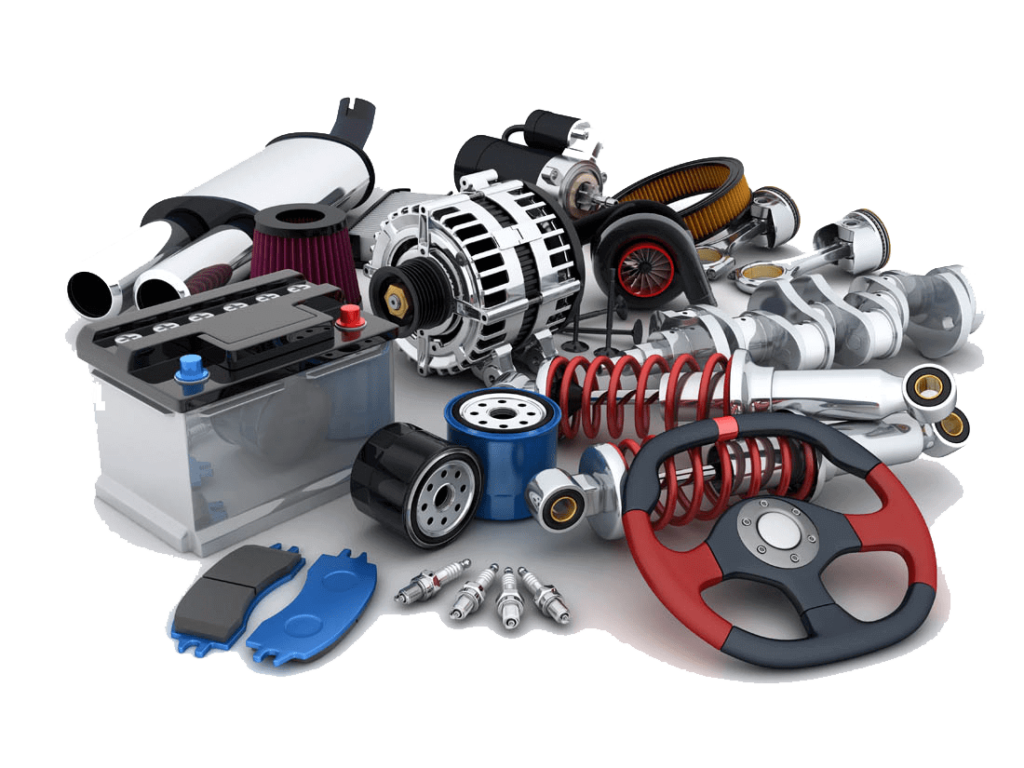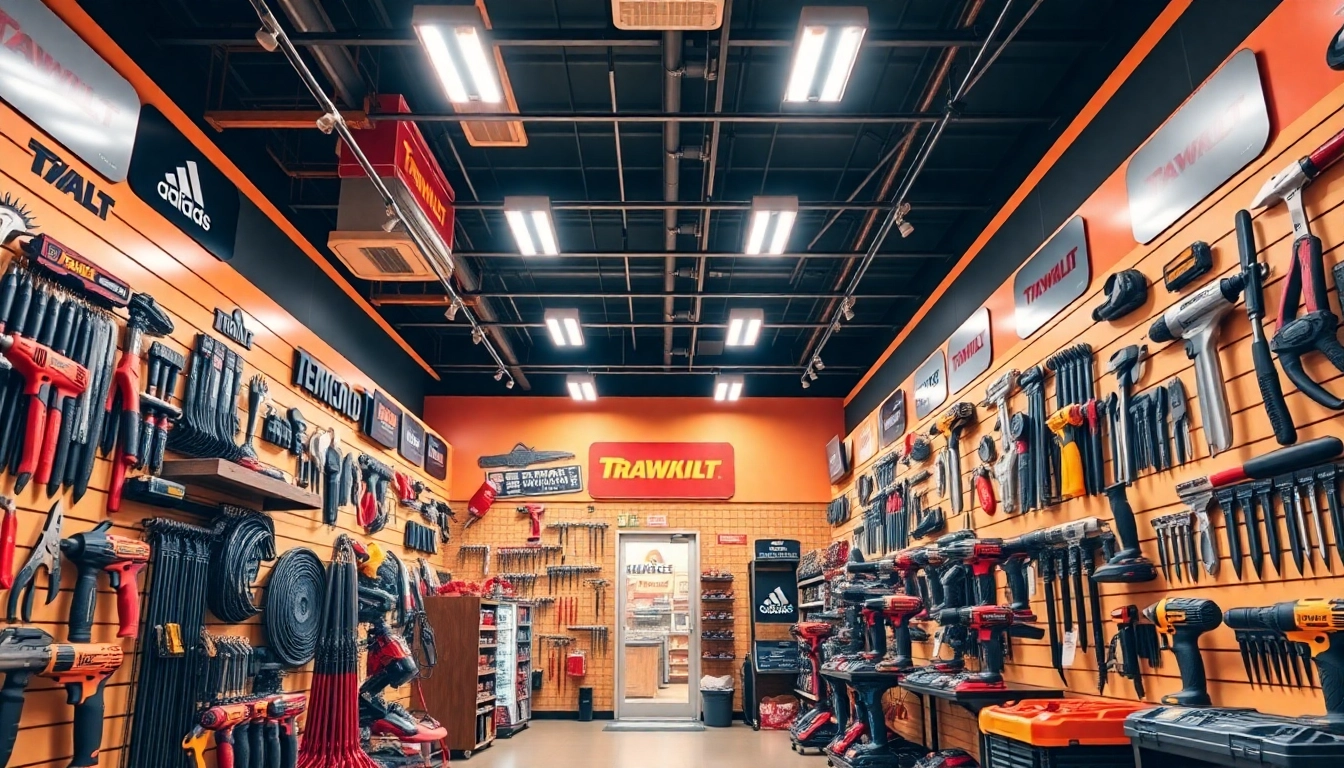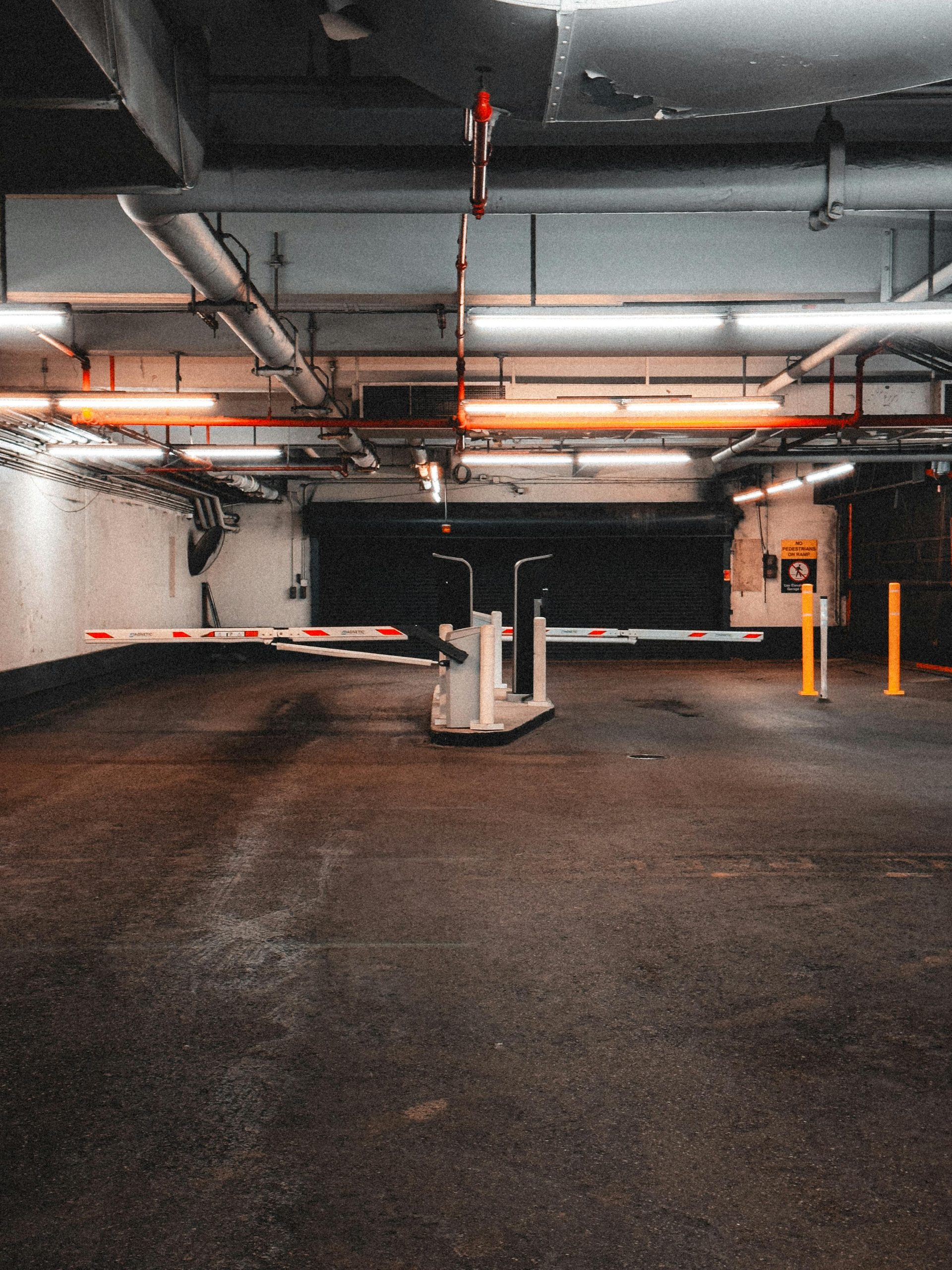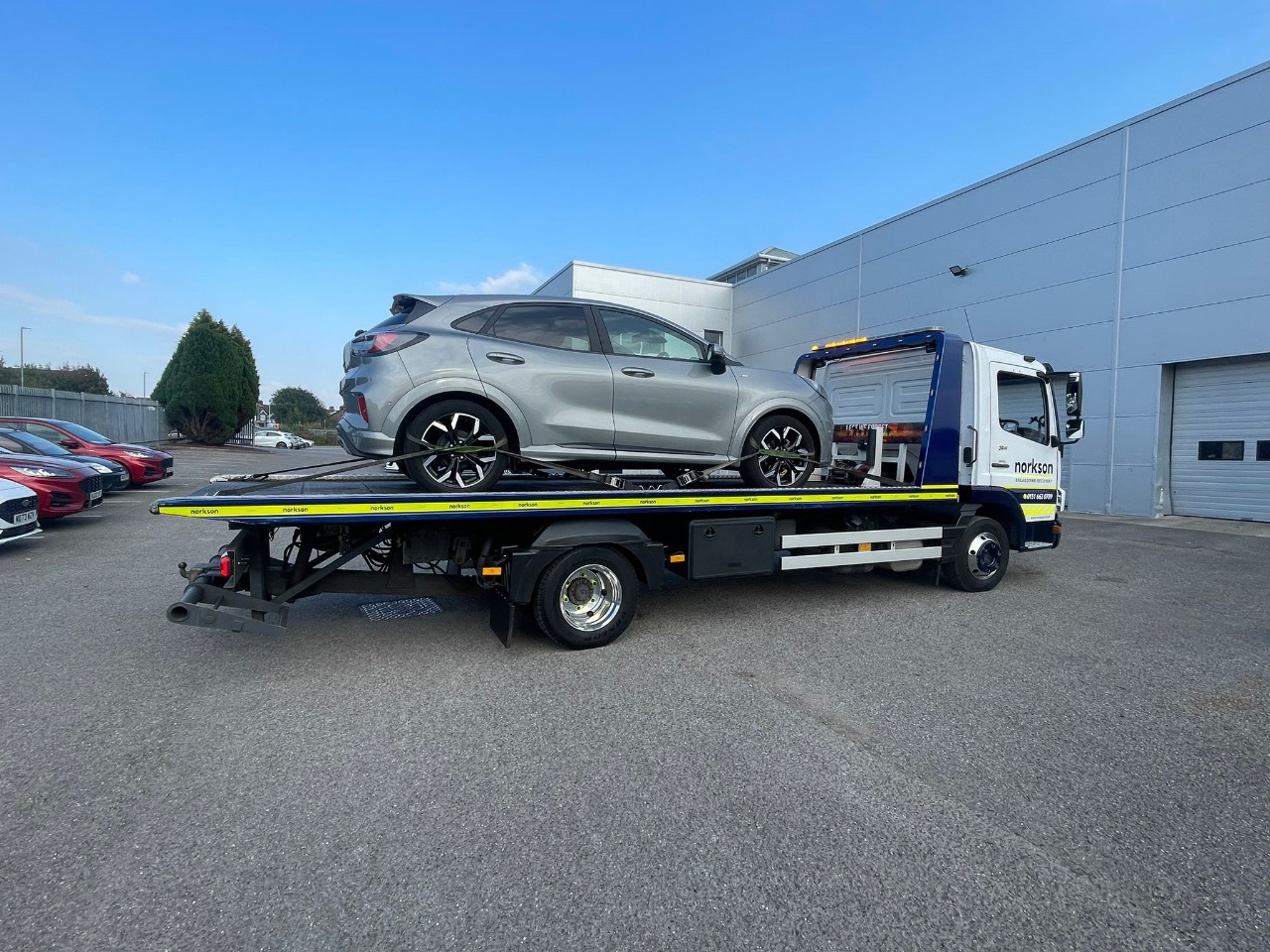When it comes to finishing high-performance car parts, the choice of coating can make or break your build. Durability, heat resistance, and appearance all play vital roles in how your components perform under pressure. Among the most popular finishing options, Cerekote and powder coating stand out. But when you dig deeper, one clearly leads the pack. At Rvng RaceWorks, we’ve tested both—and there’s a reason Cerakote has become our go-to finish for precision automotive applications.
Understanding the Basics of Cerakote and Powder Coating
Before comparing the two, it’s important to understand what each coating brings to the table.
What Is Cerakote?
Cerakote is a thin, ceramic-based coating originally developed for firearms and aerospace components. It’s designed to provide maximum protection against heat, corrosion, and wear. Applied in microns-thin layers, Cerakote bonds directly to the surface of metals, plastics, and composites—offering strength and protection without affecting tolerances.
What Is Powder Coating?
Powder coating is a dry finishing process that applies a thick, colored powder to a surface before curing it under heat. It’s widely used for aesthetic finishes and general durability, particularly for frames, wheels, and exterior parts. While it looks great, its thickness can be a disadvantage for parts requiring precise clearances.
Performance Comparison: Cerakote vs Powder Coat
1. Durability and Strength
Both finishes provide excellent durability, but Cerakote holds a clear edge in performance environments. Cerakote is engineered to resist abrasion, impact, and chemical exposure, while powder coating can chip or crack under stress. In racing conditions or under the hood, Cerakote maintains its integrity even after years of heat cycles and vibration.
2. Heat Resistance
For high-performance builds, heat is the enemy. Cerakote is formulated to handle extreme temperatures—up to 1,800°F—making it ideal for turbo housings, exhaust manifolds, and engine bay components. Powder coating, by comparison, begins to degrade around 400°F to 500°F, limiting its use in high-heat areas.
3. Precision and Fitment
Because Cerakote coatings are ultra-thin, they don’t interfere with the tight tolerances of precision automotive parts. Powder coating, on the other hand, can add up to 5 mils of thickness, which can cause fitment issues in engine and drivetrain components. At Rvng RaceWorks, this makes Cerakote the clear choice for parts that demand precision and performance.
4. Corrosion and Chemical Protection
Both coatings protect against corrosion, but Cerakote outperforms when it comes to chemical resistance. Gasoline, oils, and brake fluids can eventually eat through powder coating, while Cerakote remains unaffected. This chemical resilience ensures that coated parts last longer and perform better under real-world conditions.
5. Aesthetic Flexibility
Powder coating offers a broad range of colors and finishes, which appeals to those prioritizing looks. However, Cerakote has caught up fast, offering hundreds of color options with a sleek, professional finish. From matte blacks to custom metallics, Cerakote gives builders at Rvng RaceWorks complete creative control—without sacrificing performance.
Real-World Applications in Performance Builds
At Rvng RaceWorks, Cerakote has become the preferred finish for critical automotive components. Turbochargers, valve covers, intakes, and exhausts benefit from Cerakote’s heat and corrosion resistance. Meanwhile, suspension parts and brackets receive both aesthetic and protective upgrades that withstand road debris and harsh weather.
Powder coating still has its place—especially for chassis parts, wheels, and visual accents—but when performance and precision are the goal, Cerakote is unbeatable.
Case Example: Turbo Housings and Exhaust Components
Powder coating simply can’t handle the intense heat produced by turbochargers. Cerakote, however, not only withstands the heat but also helps reduce surface temperatures. This can improve performance, efficiency, and longevity—critical advantages in any high-output build.
Maintenance and Longevity
Cerakote: Low Maintenance, High Reward
One of the biggest benefits of Cerakote is how easy it is to maintain. The coating repels oil, dirt, and contaminants, making cleaning simple and preserving its look over time. You won’t have to worry about fading or flaking, even after years of exposure.
Powder Coat: Good Looks, More Upkeep
Powder coating looks great at first, but over time, exposure to heat and chemicals can cause dulling, chipping, or peeling. Once damaged, it’s difficult to repair without fully stripping and reapplying the coating.
Cost vs. Value: Is Cerakote Worth It?
While Cerakote may cost more upfront than powder coating, the long-term benefits justify the investment. Its superior heat resistance, precision, and durability save money in the long run by reducing the need for re-coating or part replacements. For serious builders and racers, the choice is clear: performance coatings should perform.
At Rvng RaceWorks, Cerakote is not just a finish—it’s part of the engineering process, enhancing both form and function.
Conclusion
When comparing Cerakote vs. powder coat, it’s easy to see why Cerakote has become the finish of choice for serious performance builds. It delivers superior heat tolerance, unmatched chemical resistance, and precision-perfect application—all while offering stunning aesthetics. Powder coating may suffice for cosmetic upgrades, but for true performance, Cerakote reigns supreme.




